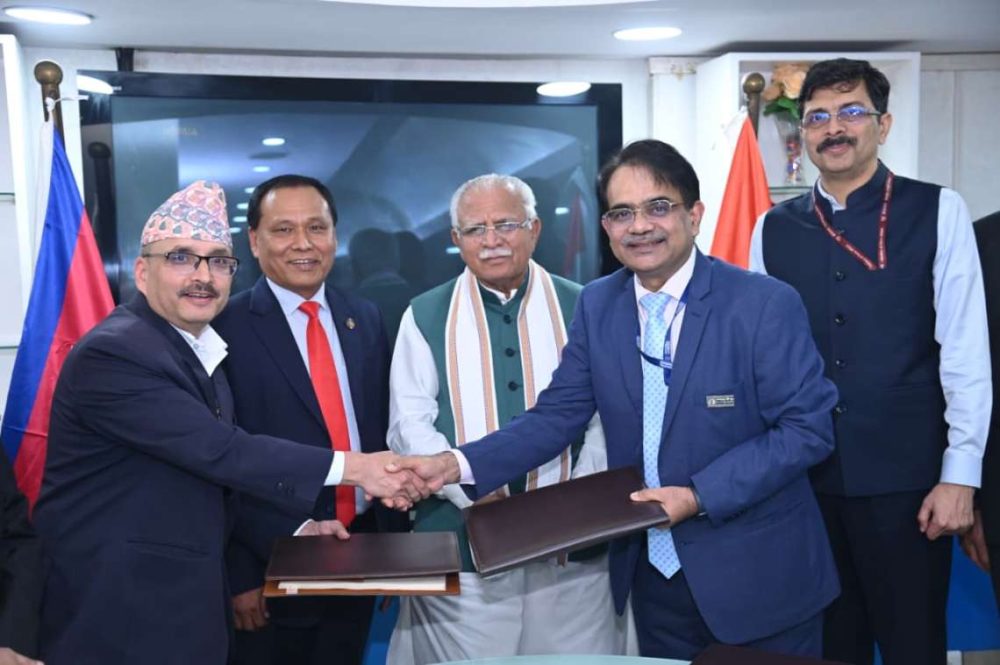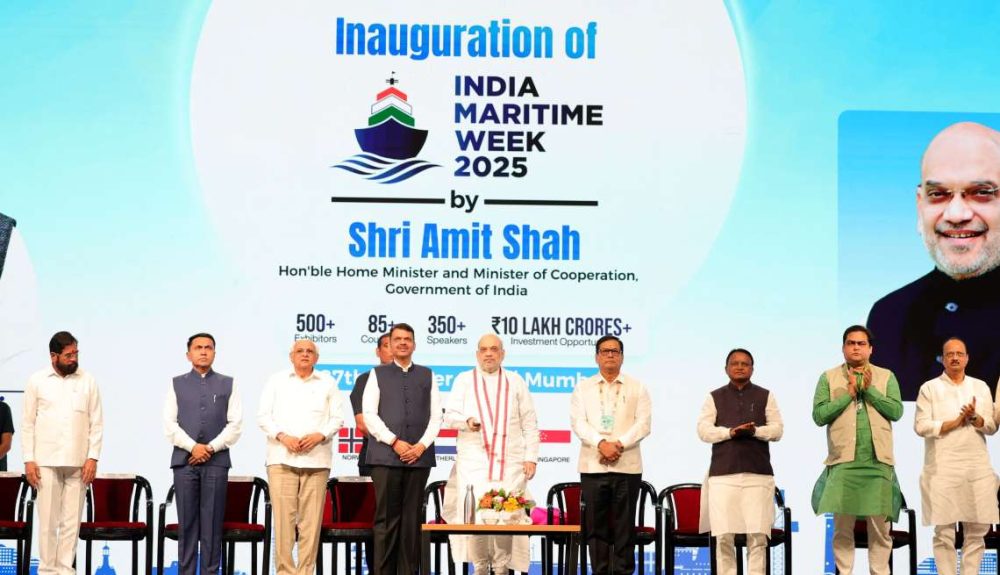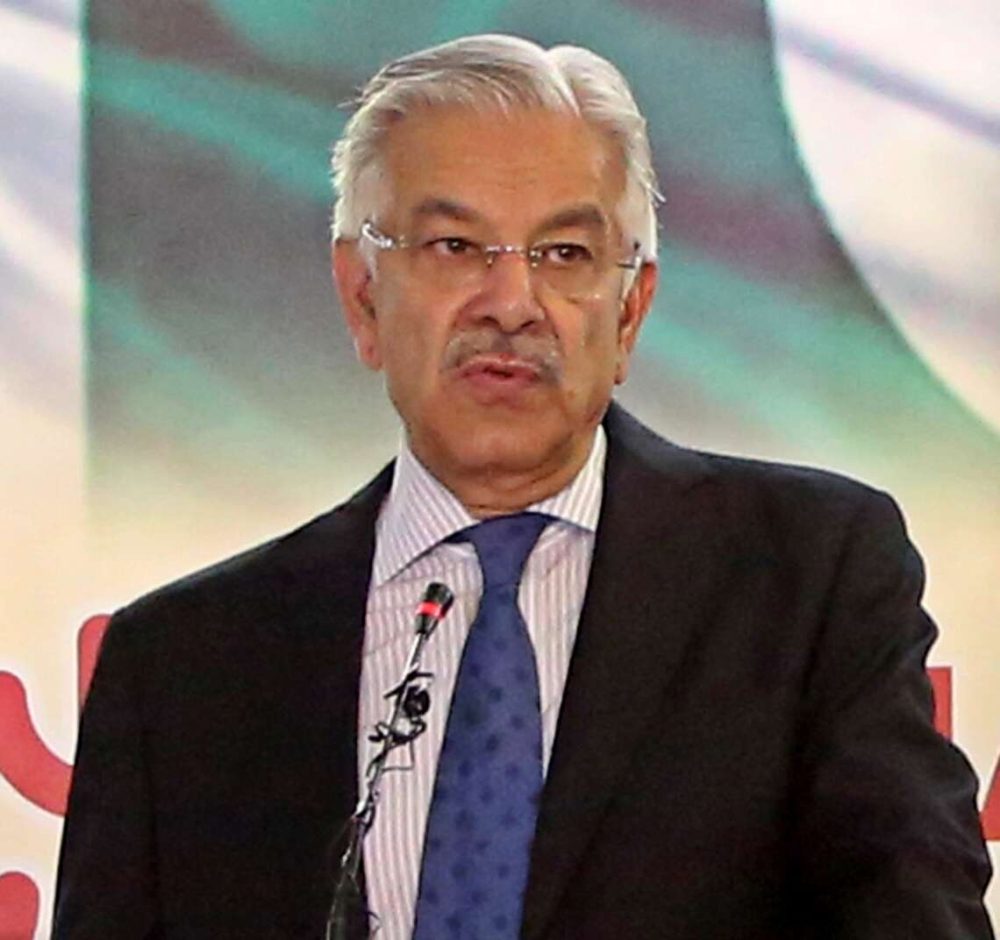A Stockholm study warns Tibet’s rapid ecological collapse threatens global water security, urging its inclusion in climate diplomacy and calling China’s model an “extractive and militarised” threat….reports Asian Lite News
A new study by the Stockholm Center for South Asian and Indo-Pacific Affairs (SCSA-IPA) at the Institute for Security and Development Policy (ISDP) has sounded an urgent alarm over Tibet’s escalating ecological breakdown. The Stockholm Paper, titled “Wither Tibet in the Climate Crisis Agenda?”, warns that the fragile plateau — known as the “Third Pole” — is warming at twice the global average, with dire implications for Asia’s water security, global climate stability, and regional peace.
The melting “Third Pole”
The Tibetan Plateau, home to the world’s largest store of ice outside the Arctic and Antarctic, feeds the rivers that sustain nearly two billion people across South and Southeast Asia. Yet, its glaciers are retreating, permafrost is thawing, and grasslands are deteriorating — changes that threaten water systems vital to the Ganges, Indus, Mekong, and Brahmaputra basins. The study stresses that despite Tibet’s planetary importance, it remains virtually absent from international climate diplomacy, including the UN Framework Convention on Climate Change (UNFCCC) and the annual COP negotiations.
The Stockholm Paper warns that ignoring Tibet’s crisis could unravel Asia’s hydrological and ecological balance. It calls for urgent inclusion of the plateau within global environmental frameworks, equating its significance to the Arctic and low-lying island nations facing existential climate threats.
Beijing’s development model under scrutiny
The report draws a direct connection between Tibet’s environmental collapse and China’s governance model, describing it as “state-centric, militarised, and extractive.” Massive infrastructure projects — highways, railways, hydropower dams, and airports — have fractured ecosystems and destabilised permafrost layers. Many of these constructions serve dual civilian and military purposes, intensifying environmental stress and human displacement.
Beijing’s vision of “ecological civilisation,” the study notes, conceals an opaque pattern of degradation and limited accountability. Environmental data from Tibet remain tightly controlled, while military-driven activities, including high-altitude exercises, worsen the plateau’s instability. “The world cannot manage what it cannot measure,” the report remarks, highlighting how secrecy undermines effective global monitoring.
Mega dams and the politics of water
Among the most alarming developments is China’s plan to build the Medog mega dam on the Yarlung Tsangpo (Brahmaputra) River, a USD 160 billion project that experts fear could have catastrophic regional consequences. The Stockholm Paper warns that the dam’s scale and location — in one of the world’s most seismically active zones — heighten the risk of earthquakes, landslides, and irreversible ecological damage downstream in India and Bangladesh.
The absence of transparent environmental assessments or data-sharing mechanisms has amplified concerns that China could weaponise water resources. Analysts warn that the dam may mark a shift towards using hydropower as a tool of geopolitical leverage, with potentially devastating humanitarian consequences.
“Extractive colonialism” and resource exploitation
Parallel to its dam-building spree, China’s large-scale extraction of lithium, copper, and rare earth elements — critical for global green transitions — has turned Tibet into a hub of unregulated mining. The report describes this as “extractive colonialism,” in which Tibet shoulders the environmental cost of the world’s sustainability ambitions. Pollution, deforestation, and displacement have devastated local communities, while Tibetan voices remain excluded from decision-making.
Since 2000, nearly one million Tibetans have been forcibly relocated under state programmes purportedly for ecological protection or poverty alleviation. Many have been displaced multiple times without adequate compensation or livelihood support. The Stockholm Paper links these relocations to broader policies of demographic control and cultural assimilation, which erode Tibet’s traditional ecological stewardship that preserved its landscape for centuries.
Despite Tibet’s critical role in regulating monsoon cycles and sustaining Asia’s river systems, global responses remain muted. Political sensitivities surrounding Chinese sovereignty have silenced international engagement, even as the region crosses irreversible environmental thresholds.
To address this, the Stockholm Paper proposes a Ten Point Framework for Global Action. Among its recommendations are establishing transparent monitoring systems using satellite and hydrological data under UN oversight, developing transboundary water governance bodies such as a Brahmaputra Basin Commission, and linking green finance to strong environmental safeguards. It also calls for integrating ecological considerations into military planning to reduce the environmental toll of dual-use infrastructure.
Cultural protection forms another pillar of the framework. The report advocates UNESCO-led efforts to safeguard Tibetan heritage, representation of Tibetan voices in global climate forums, and recognition of displaced Tibetans as climate-affected communities under UNHCR mechanisms. Renewable alternatives such as solar and wind energy are urged over ecologically destructive mega projects.
The publication also pushes for embedding the Hindu Kush Himalayan ecosystem within UNFCCC and Sustainable Development Goals (SDG) processes, countering misinformation through scientific collaboration, and empowering civil society to document Tibet’s environmental crisis.
An ecological imperative, not a political issue
The authors stress that protecting Tibet transcends politics — it is an ecological necessity for the planet’s stability. “The degradation of the Roof of the World threatens Asia’s water balance, global carbon storage, and the survival of nearly one-third of humanity,” the report warns.
As the world heads toward COP 30, the Stockholm Paper urges governments, institutions, and civil society to recognise Tibet as a frontline in the global climate emergency. “Tibet must no longer remain the blind spot of environmental governance,” it concludes — a powerful reminder that what happens on the plateau will shape the climate, water, and food security of the Indo-Pacific and beyond.














